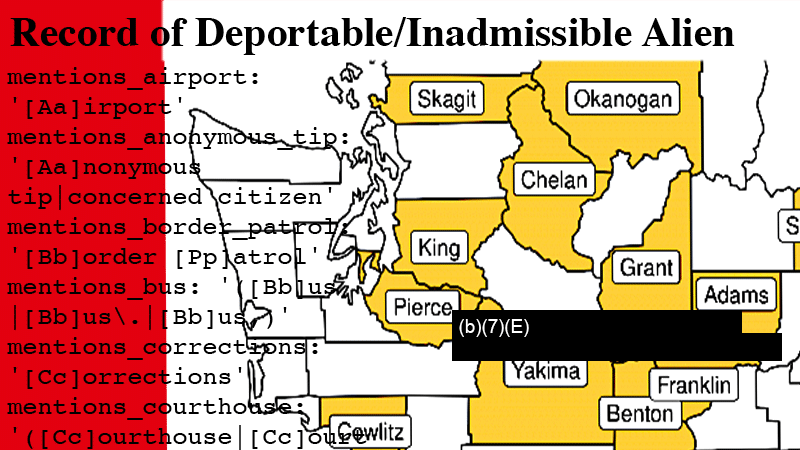HRDAG Retreat 2022
A week in the California redwoods amongst a hodgepodge of people united by their passion for using quantitative analysis to combat injustice.
Analizando los patrones de violencia en Colombia con más de 100 bases de datos
El objetivo de esta institución temporal es conocer la verdad de lo ocurrido en el marco del conflicto armado.
HRDAG Welcomes New Staff, Interns and Fellow
HRDAG is delighted to announce five additions to our team: one new staff member, three summer interns, and one fellow.
How Data Processing Uncovers Misconduct in Use of Force in Puerto Rico
In Puerto Rico, some people are more likely to be victims of police violence than others. HRDAG processed a flood of data to illuminate the racial bias.
HRDAG Adds Three New Board Members
HRDAG's advisory board has added three new members.
HRDAG’s Year in Review: 2021
At HRDAG, 2021 was all about service and partnership.
Welcoming Our New HRDAG Data Scientist
Bailey joined HRDAG as a data scientist in 2022.
How Machine Learning Makes Visible Gender-Based Violence by Police
Sexual misconduct by police sometimes gets buried through official coding procedures. In Chicago, HRDAG processed police misconduct documents to give visibility to allegations that would otherwise be lost.
Welcoming Our 2021-2022 Human Rights and Data Science Intern
Larry Barrett has joined HRDAG as a Human Rights and Data Science Intern until February, 2022.
HRDAG Wins the Rafto Prize
The Rafto Foundation, an international human rights organization, has bestowed the 2021 Rafto Prize to HRDAG for its distinguished work defending human rights and democracy.
How Data Scraping Provides Insights into Immigrant Arrests
In Washington State, some law enforcement officers illegally tip off ICE and CBP for civil immigration arrests. HRDAG helped identify where the problematic practices occurred.
Scanning Documents to Uncover Police Violence
Administrative paperwork generated by police departments can hold evidence of police violence, but can present unique challenges for data processing.
Lies, Damned Lies and Official Statistics
This essay in the Health and Human Rights Journal addresses attempts to undermine Covid-19 data collection.
Lessons at HRDAG: Making More Syrian Records Usable
If we could glean key missing information from those fields, we would be able to use more records.
How Machine Learning Protects Whistle-Blowers in Staten Island
People filed complaints against NYPD officers, and HRDAG went above and beyond to protect the privacy of the people who reported the offenses.



















